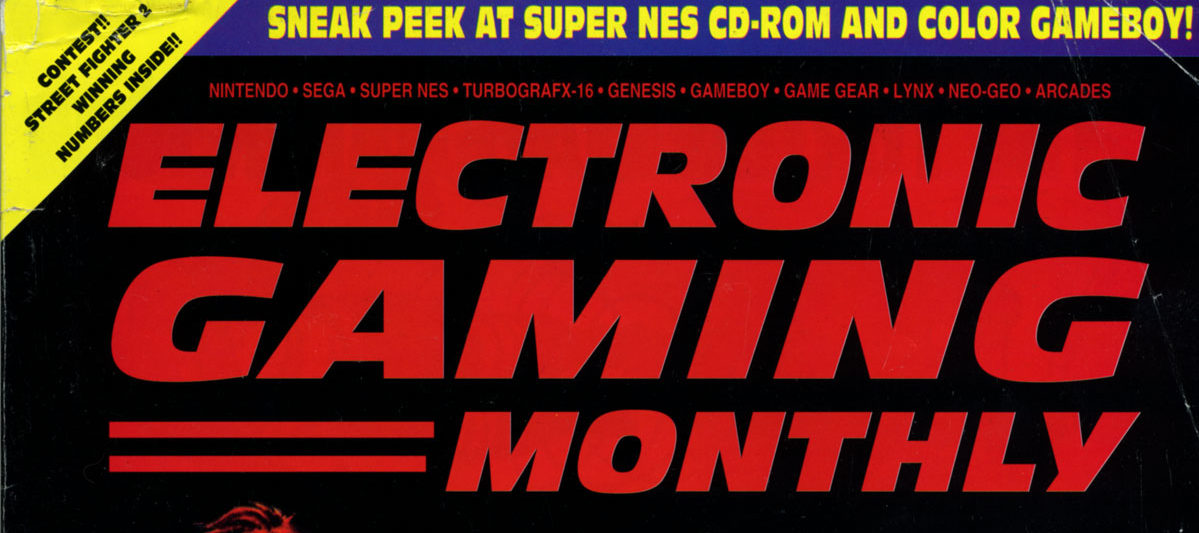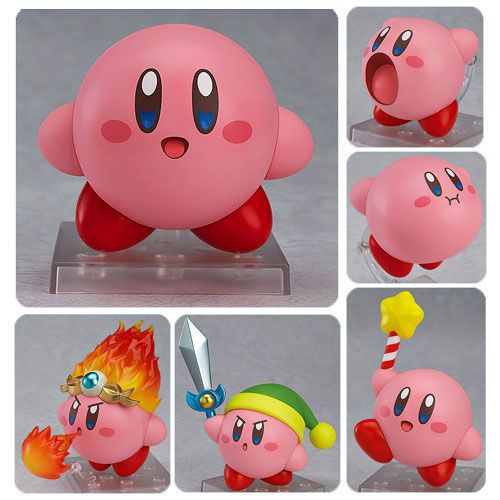This is going to be much more stream-of-consciousness than most posts on here, but that’s the way writing from raw emotion is, I suppose. I’m writing this the morning after news of Iwata’s death broke.
I’ve talked with a fair few folks from Nintendo over the course of my career, but I never had the honor of speaking to Mr. Iwata himself. I already know that this will go down in my list of life regrets. People like Iwata are rare in the modern game industry.
I’ve made it very clear that I dislike most of the corporate leadership at game publishers. I loathe the fact that these people who don’t play games, who’ve never played games, and have no idea what makes a game good are telling the rank-and-file developers and coders beneath them what to do based on charts and buzzwords that cross their desk. These people have never written a line of code in their life, but are sure they know that you can ship a product with expansive features by a certain date, and if it’s still a buggy mess then screw it, release now and patch later! Employees, morale, creative energy, and quality products that actually work when you take them out of the box mean nothing to these people in search of the coveted bottom line to please shareholders.
I can see why investors like Michael Pachter hated Iwata’s business style. Just look at some of the questions Iwata got at investor meetings – people didn’t seem to understand why he ran Nintendo like he did. (Hell, we’ve all criticized Nintendo for being stubborn and old-fashioned at times.) But Iwata’s philosophy was clear: make consumers happy first and foremost. Pleasing investors was lower priority than pleasing the people who actually bought games.
It’s sad that this thinking seems so incredibly rare in the current game industry. After all, happy customers that stay happy for a long time become devoted fans, of which Nintendo has some of the most fervent out there. It was never a sprint, it was a marathon.
When Nintendo hit a rough patch a few years ago, rather than lay off employees, Iwata himself took a pay cut. He explained why:
Regarding why we have not reduced the number of the personnel, it is true that our business has its ups and downs every few years, and of course, our ideal situation is to make a profit even in the low periods, return these profits to investors and maintain a high share price. I believe we should continue working toward this ideal. If we reduce the number of employees for better short-term financial results, however, employee morale will decrease, and I sincerely doubt employees who fear that they may be laid off will be able to develop software titles that could impress people around the world. I believe we can become profitable with the current business structure in consideration of exchange rate trends and popularization of our platforms in the future. We should of course cut unnecessary costs and pursue efficient business operations. I also know that some employers publicize their restructuring plan to improve their financial performance by letting a number of their employees go, but at Nintendo, employees make valuable contributions in their respective fields, so I believe that laying off a group of employees will not help to strengthen Nintendo’s business in the long run.
This is something you don’t really understand if you haven’t worked in a rank-and-file development position, as Iwata did during the 80s at HAL. Cutting you off from the people you’re creating something with abruptly is soul-crushing, and development team layoffs rarely accomplish anything but contributing to the industry’s notorious instability and career churn rates. Iwata was the rare executive who knew the game industry from numerous perspectives, from that of the lowliest code monkey to the highest public-facing representative of a major company, and that had a tremendous impact on how he ran the show at Nintendo. He wasn’t afraid to get his hands dirty when he needed to, either: the stories of him shedding his executive clothes to do some hardcore coding on games like Earthbound, Pokemon G/S, and Super Smash Bros. Melee have been making the rounds.
Having experience as a coder has another benefit when running the ship at a game company, too: you know what is and isn’t feasible to accomplish with various tools and hardware. It helps you set realistic goals: there’s a big difference between “tough, but do-able” and “literally impossible given the time and tools.” People like Iwata have the ability to push for the former and avoid the latter. Sadly, there are very few of these people in management positions in the business, leading to the disappointing, half-finished, buggy AAA releases that seem to be clogging up the shelves (both real and virtual). Every Nintendo title – even if the game turns out not to be that great – still feels like a polished, complete product, something Iwata and his peers at the company knew was important.
One of the big things on my mind right now is – did Iwata know how bad his condition was? Did he tell anyone? The former I can’t be sure about – he had his first operation for “removing a growth” on his bile duct in 2014, which was phrased to make it sound fairly benign. Obviously, it wasn’t – and looking at the terrifyingly poor survival rates for bile duct cancer, I feel like he may have known his time was coming. In retrospect, his not attending E3 this year seems less “I have to stay and handle business for the Japanese side” and more “I am literally dying here but I can’t cast a pall over what is supposed to be a really fun show.” It seems like a very Japanese thing to devote yourself wholeheartedly to your work and colleagues even in the face of death, facing it stoically as you do your duties to the very end.
But even if he did know, did anyone else? It’s hard to say – some tweets and blogposts from Iwata’s dear friend Shigesato Itoi indicate that he was as blindsided as we were. It wouldn’t surprise me if he didn’t want to tell anyone. Itoi talks of Iwata’s selflessness; perhaps Iwata thought that telling people he was terminally ill would be an undue burden on them. That also strikes me as a very Japanese way of thinking.
Of course, it’s still just conjecture on my part. Unless Iwata’s widow outright says “he knew but didn’t tell anyone,” we can only theorize.
I hope that we, as an industry, will do more than pay lip service to Iwata’s memory. He was exemplary, a person in the game industry not for profit or pure personal glory, but out of a genuine love for the medium and its potential. What we need in this business is more people like him. Thank you, Iwata, for being a beacon of joy in an increasingly cynical industry. Let’s keep his light shining onwards.













